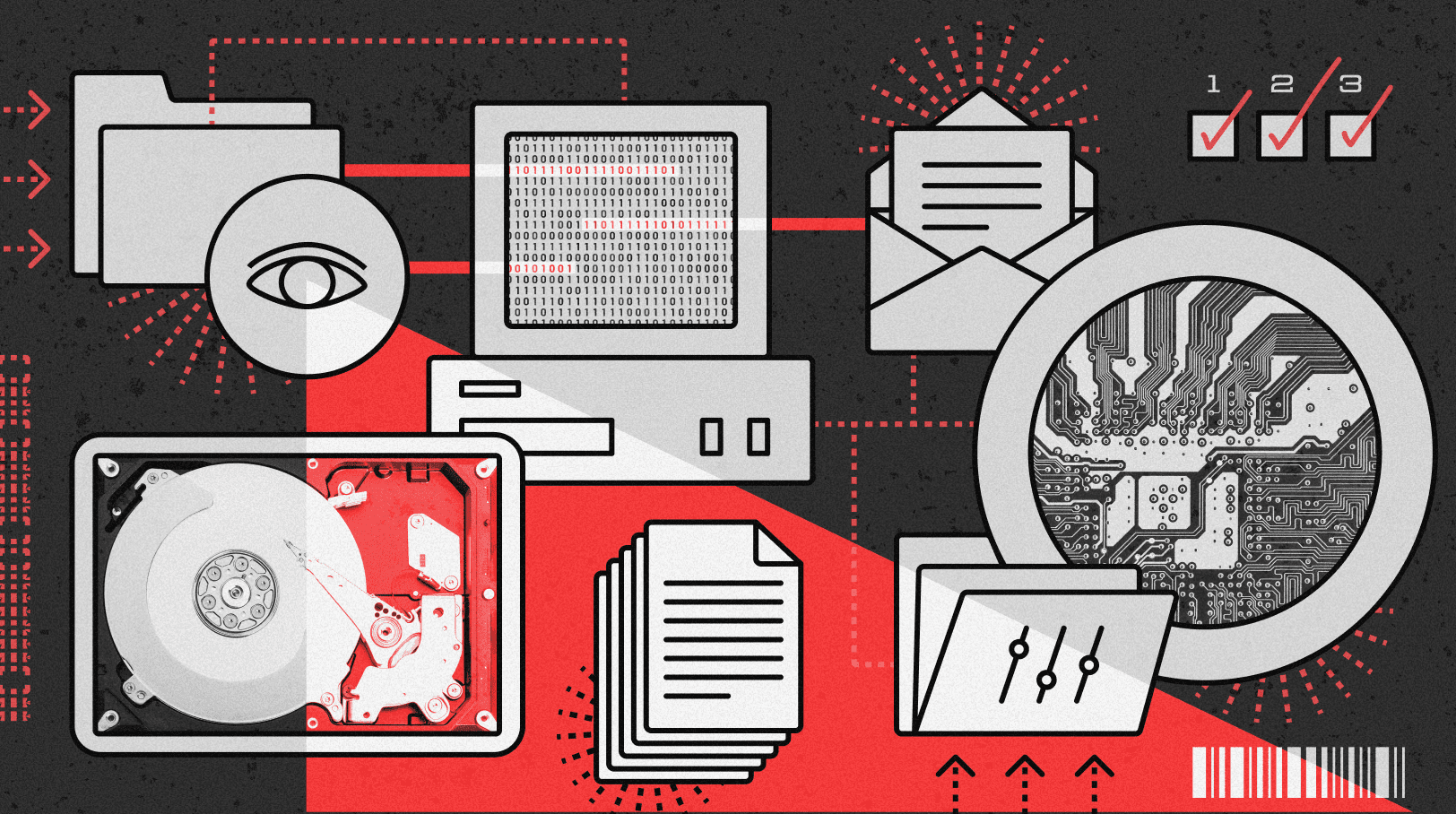What Are the Goals of an Application Portfolio Manager?

Across an enterprise, digital transformation requires alignment, agreement, and a willingness to change. Your people need to be on board with the plan, and they need training in new or altered processes and platforms.
For this to work, the solutions in your application portfolio need to align with your business’ digital transformation strategy. That’s why the job of application portfolio manager can make or break an organization’s future.
What is application portfolio management?
Application portfolio management is the practice of measuring, optimizing, and governing an enterprise’s inventory of applications.
Organizations all over the world are in various stages of digital maturity. But from startups to enterprises, application portfolio management is a must even if digital transformation needs are different. It’s just a matter of different tactics.
Depending on the size of the business, CIOs, enterprise architects, and product owners are often the ones tasked with managing application portfolios.
The goals of application portfolio management
The goal of application portfolio management is to gain and maintain control of an application landscape and make sure it’s aligned with the business strategy.
But how do application portfolio managers stay in control?
There are several checks and balances that portfolio managers are responsible for:
- Is IT delivering the right solutions to the business?
- Is everything aligned to the organization’s strategic goals?
- Do they have visibility into every application in the landscape?
- Do their stakeholders have visibility?
- Are the right people involved in the application development process?
Application portfolio rationalization
Application portfolio rationalization is the process of reviewing and optimizing your application inventory to maintain its overall health. This involves reimagining, retiring, refactoring, and updating apps.
The most important part of app portfolio rationalization is your strategy and objectives.
For example, a small startup may only have one portfolio of applications that run all business functions. A larger company may have multiple portfolios organized by function, department, or even business goals.
If a business’s goal is to improve customer experience, the application portfolio manager would evaluate the technical and functional purpose of applications that affect the customer’s journey. That could be applications that run order management systems, customer portals, or chatbots.
Application rationalization helps reveal duplicates and gaps in portfolios. Application portfolio managers also assess the ROI, TCO, and value of each application and portfolio.
According to Infosys, application portfolio management can help organizations yield $2M in cost savings.
The challenges of application portfolio management
Miscommunication
Enterprise application portfolio management is challenging because it’s a job filled with hard-to-answer questions.
Miscommunications stem from a lack of alignment between the IT teams developing the applications and the business liaisons making the requests.
The misalignment between the application-building IT and the strategy-setting business can cause many problems. When organizations separate the two, miscommunication around requirements erupts. And with a gap in communication, IT is not delivering the solutions that the business requested, wasting time and money.
Miscommunicated requirements aside, another challenging reality is the worldwide shortage of developers. IT simply does not have the resources to keep up with the software demand that the business is creating.
Legacy systems
Challenges also arise from outdated legacy software and processes, such as shadow IT.
This can include either homegrown or purchased COTS solutions that can sink resources. When shadow IT grows, it’s tougher and tougher for the application portfolio manager to rationalize the app landscape.
Some of those homegrown applications are spreadsheet-based, which, unless properly governed, can wreak havoc on your organization’s data hygiene. According to Forrester, 63% of enterprises still partially rely on Excel-type programs to run processes. This is a problem.
Legacy processes and software also drum up management challenges. Legacy software often requires specialized skillsets to maintain and use. This drives organizations to use similar applications. But this can create app redundancy, where unused apps are still being maintained or paid for.
This is a big deal, especially since Gartner predicts that 40% of IT budgets will be spent on managing legacy applications by 2025.
Unmanaged applications are hard to integrate with other systems, making the landscape tougher for application portfolio managers.
Strategic alignment is the key
No matter the goal, the job of the application portfolio manager is to ensure strategic alignment between the applications and the goals of the business.
To do this, they’ll need to monitor transformation projects and oversee software or platform implementation. With stronger alignment means greater visibility into business and customer demands. With greater visibility comes delivering business outcomes on time (or faster) and on budget (or more cost-effectively).
Delivering outcomes faster—creating value quicker—equals accelerating your digital transformation.